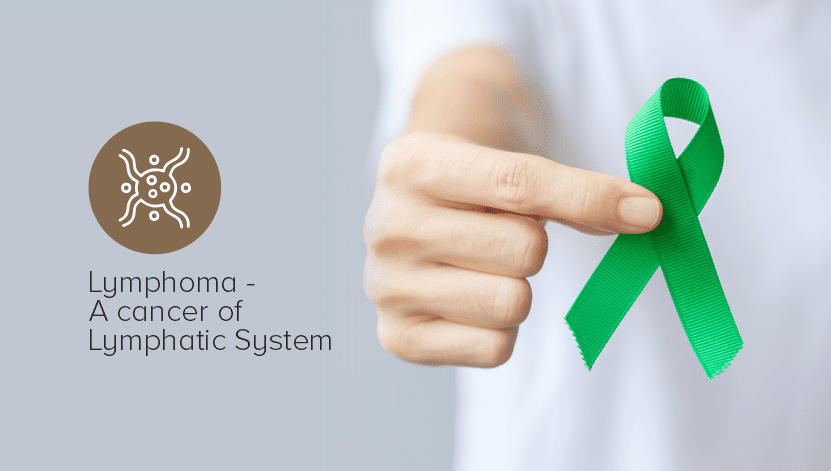Cancer is an insidious disease that can affect any part of the body. Lymphoma, in particular, targets the lymphatic system, which plays a critical role in our immune defences. Understanding lymphoma is not only crucial for those directly affected by it but also for everyone who wishes to gain knowledge about how this disease operates and its impact on the body.
